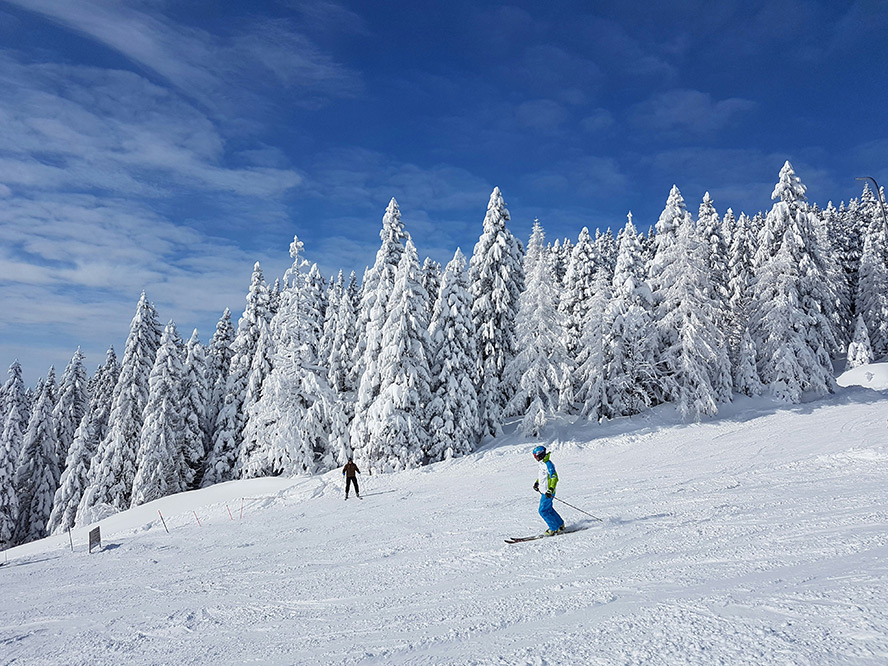Climate change is forcing ski resorts all over the planet to rethink their business models. Some resorts that once offered the key ingredient of reliable snowfall see that reliability more in question. This is pushing others to the fore – and underlining the importance for all resorts of diversification.
The Savills Ski Resilience Index, which measures resorts’ resilience to climate change, and the quality and reliability of their conditions, shows a shifting picture. The US resorts of Aspen and Vail top the 2023 index, replacing last year’s number one, the Swiss resort of Zermatt. Meanwhile, Japanese resorts such as Niseko have moved up the rankings due to high snowfall last year.
The index ranks 61 ski resorts worldwide using five metrics: snowfall, reliability, season length, altitude and temperature. In general, higher-altitude locations with a glacier on which to ski, or with more reliable low temperatures, have achieved higher reliability scores in recent times.
However, unpredictability is part of the climate change conundrum, and all resorts need to consider how to rise to the challenge – especially if emissions continue to increase.
Adaptation and diversification
In some cases, ski resorts have brought in snow machines to cover their runs when rising temperatures have led to bare pistes. Investing in snow-generating technology is certainly an option for challenged resorts – but it comes with downsides. Artificially generated snow feels different to real snow and the generators that run the snow machines contribute to the emissions that caused the rising temperatures in the first place.
Diversification provides an alternative way for ski resorts to face what looks set to be a very challenging period ahead. As the ski season shortens in some locations, many resorts are moving away from simply being ski resorts to embrace a dual-season or year-round profile.
This requires additional investment and development of an off-season offering. Activities that can bring revenue and visitors into ski resorts in the off season include cycling, hiking, yoga retreats and festivals. Many of the most successful ski resorts, such as those located in the Rockies, already provide such activities in the summer season, while others are developing or expanding their summer offering. Indoor skiing facilities, which already exist for sports training, can also give resorts another string to their bow.
However, not all resorts can diversify in this way. Some, limited by their location, will increasingly rely on artificial snow to survive. Ongoing investment in snow machine technology should improve the quality of artificial snow while making the machines more environmentally friendly.
Inevitably, there will be winners and losers, and some traditional locations may not survive in their present form. The top 30 resorts in the Savills Ski Resilience Index are among the most resilient globally, but there is also potential for new resorts to capture market share.
New markets
Many high-altitude resorts in South America have reliable snowfall but can’t compete with resorts in areas such as the Rockies and the Alps in terms of the number of ski lifts available or the après-ski offering and associated prestige. With infrastructure investment, however, these resorts could improve their facilities and attract more visitors.
And while ski resorts with the highest reliability scores should continue to enjoy sparkling winter seasons, there is no guarantee that skiers and snowboarders won’t look to other pistes in search of a new thrill.
Resorts wanting to maintain their profile and ensure long-term viability need to diversify their offering and invest in back-up technological solutions.
To read the 18th annual Savills Ski Report click here.



